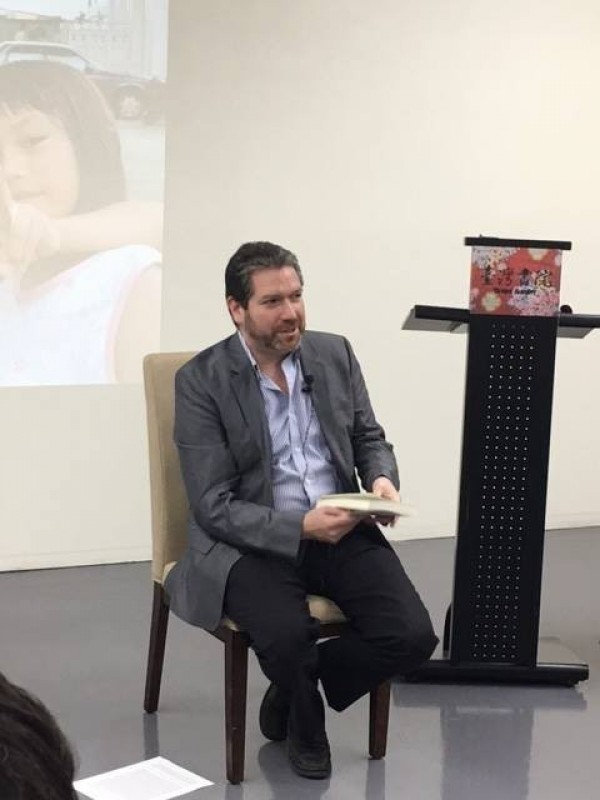The English edition of "Remains of Life (餘生),” an experimental literary novel detailing the 1930 Seediq uprising against Japanese colonial rule, will be soon made available to readers around the world.
The novel was first released in 2000 by belletrist Chen Kuo-cheng (陳國城) under the penname Wu He (舞鶴), meaning "the stork who dances.” The extremely stylized rhetoric not only encompasses philosophical musings and leaps of imagination, the author's stream of consciousness is literally bookended by one singular full stop.
Michael Berry, a professor of modern Chinese literature and film at the Los Angeles branch of University of California, described "Remains of Life” as the one of the hardest translation projects in his career. It took over fifteen years and 352 pages to faithfully capture the experimental structure, historic allusions, and references to indigenous culture used in Wu He's fantastical text.
Led by Mona Tudao, chief of the Seediq group of Tgdaya, the bloody uprising against colonial oppression resulted in 134 Japanese decapitations on Oct. 27, 1930. The headhunting expedition brought a three-thousand-strong military response to the Nantou mountains, armed with heavy artillery, planes, and mustard gas. It was allegedly the first case of chemical warfare in Asia that violated the Geneva Protocol.
Wu He explores the considerable pride and grief with which Seediq descendants look upon their near genocide, Mona Rudao's legacy, the tribe's forced relocation to Alan-Gluban (清流部落) settlement, and fragments of their lives in the aftermath of the Musha Incident (霧社事件).
A book launch was held for "Remains of Life” at the Taiwan Academy in Los Angeles on March 16. More information on the book's availability is provided by its publisher, the Columbia University Press: https://cup.columbia.edu/book/remains-of-life/9780231166010.

Michael Berry (白睿文) believes that the original text will stand the test of time and hopes to capture a semblance of the book's strange and beautiful vision.